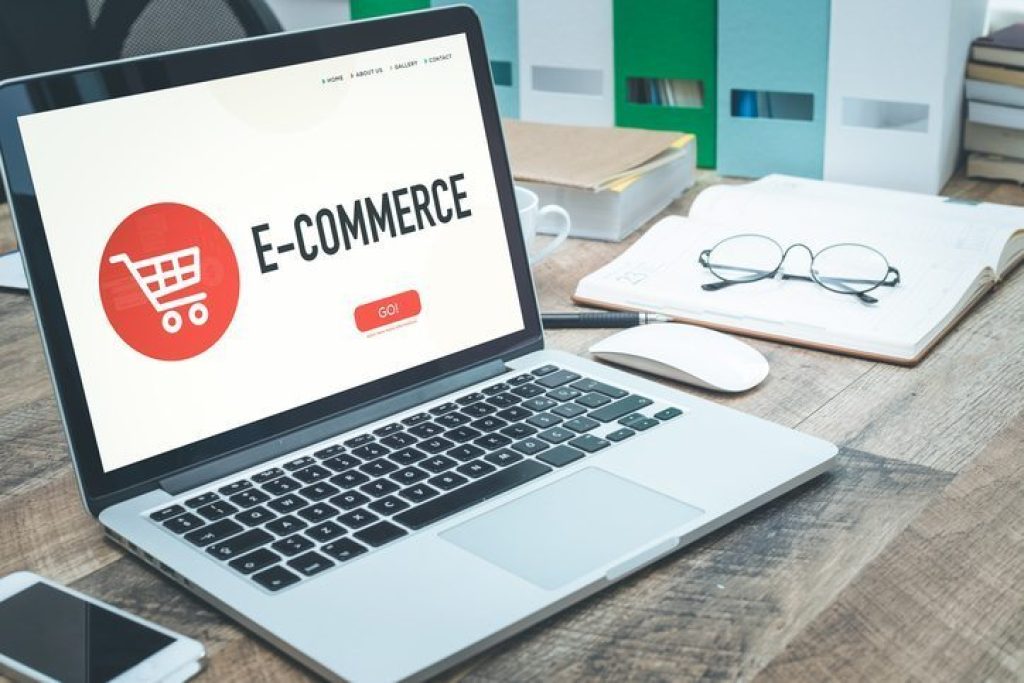
Most people today are using the internet to find out all kinds of information, communicate, watch various content, and order things. There is a serious expansion of e-commerce in recent years. People with it convenient when they can buy things online. Also, we have to mention that the great competition on the market motivates the owners of these sites to constantly work on improvements to make it even easier for customers to use their services.
Even though there is great competition in almost every branch, e-commerce provides excellent potential for new brands. With a proper business plan and marketing strategy, it is now much faster to grow your business when compared to the traditional model. However, it is essential to implement some tools that will improve the features of your online store.
One of the best options for beginners is to use Magento, which is an online platform where you can easily set up the store without the need to have any advanced knowledge.
There are other things to consider as well, and the focus should be on potential clients, how to determine their demands, and creating a website or a mobile app that will be attractive and simple for users. Here are some steps for creating an online store.
Table of Contents
1. Choose the Right Platform

Source: thinkforwardmedia.com
We already mentioned Magento, and there are other available options as well, for example, best open source ecommerce platforms. The best way to determine which one would be the best for your business is to learn more about additional features, prices, quality, and more. Pay special attention to features related to compatibility to both mobile and desktop devices, and the number of products that you can share in the online inventory.
2. Focus On Simplicity
This is especially important for people who don’t have any advanced knowledge in coding and web design. Creating a professional store by hiring a developer can be very expensive. As a beginner, you can start with a much simpler option, which is to choose a web platform where you can use various presets to organize the store and start selling your products in less than a day.
3. Select the Right Strategy

Source: getassist.com
Building a proper business plan is the essential part, and you should create it even before you choose the platform for your online store. You should focus on targeted groups, the types of products you will be selling, and how to promote your brand.
The format of the site can be very important. For example, you should include a lot of animation and entertaining content if you are targeting kids and the younger population, while older people prefer simplicity more. Another important part of the strategy is related to the name of your brand, logo, color scheme, and other things related to the design.
4. Create an Inventory
This is the part where many people are making the same mistake, which is to simply add a lot of products. Instead of that, you should remodel the approach and try to be more unique with the presentation.
For example, if you are offering various types of products from different branches, it is necessary to include categories and filters that will make it easier for potential customers to find what they need. The focus must be on the user experience of visitors. Another important detail about the products is that you should create short reviews under each product where you can highlight the main features.
5. Implement Payment Processors

Source: rsm2000.co.uk
One of the most popular solutions these days is to choose PayPal since it is simple, convenient, and you can easily create a checkout option with this service. However, people are aware of how simple it can be for anyone to add this feature. Therefore, adding additional options will make your business seem more reliable and secure. That is the main reason to consider Stripe and Payoneer.
With these services, you will install a feature where people can pay with their credit and debit cards online. Another popular solution in recent years is to add contacts about your e-wallet and start accepting cryptocurrencies, which can be great for marketing as well.
6. Pay Attention to Customer Support
Lack of proper customer service can be a signal for many visitors to be more suspicious when they are interested in buying some product or service on your website. You should keep in mind that a lot of them will check if you have proper customer support.
The expectations are to offer a 24-hour service where they can ask additional questions and look for help. It might seem complicated to add such a feature, but you can always consider hiring a couple of freelancers from all around the world, and secure that your clients can be satisfied at any moment.
7. Allow Personalization

Source: seasiainfotech.com
It is one of the best ways to create a base of loyal customers. You can allow people to register so you can collect more data about them. You can use that to send them special offers related to their preferences.
That way, you won’t be annoying by sending them promo materials. Also, people prefer creating profiles, especially if you make them compatible with Google or FB and allow them to register with one click. However, it is important to include some benefits for registered users, like gifts and discounts.
8. Punchout catalog
Integrating a punchout catalog on your ecommerce website is essential for facilitating seamless B2B transactions. This functionality allows buyers to access your product catalog directly from their procurement systems, streamlining the purchasing process. By supporting punchout catalogs, your ecommerce platform ensures compatibility with various e-procurement standards, enhances security for sensitive transactions, and provides a user-friendly experience for buyers. This integration promotes efficiency, reduces manual data entry errors, and fosters stronger relationships with B2B customers who rely on procurement systems, ultimately contributing to increased sales and customer satisfaction in the competitive ecommerce landscape.
Last Words
First of all, there is no need to rush with making your website public. Keep in mind that the demands of users are very high these days and that they expect everything to run smoothly. Therefore, even a small sign of an issue like the lag in animation might make some of them less interested in visiting your store again.
Check all the elements, and be sure that you are using the most recent certificates and filters that will protect your site from hacker attacks. When you are sure that the technical parts are working properly, you can focus on the promotion, which can be challenging as well, and you will have to use various options like social media, proper optimization, paid sponsorships, and more.







